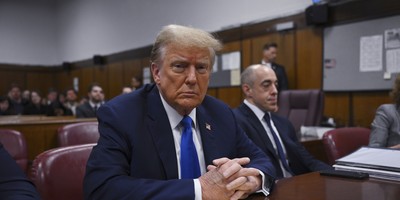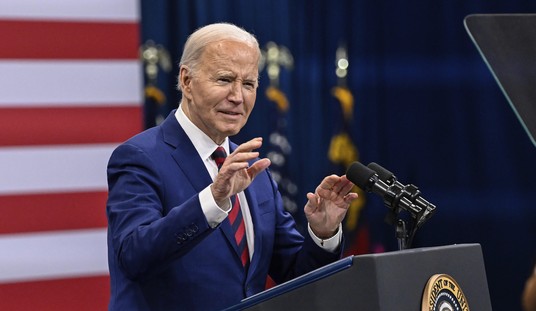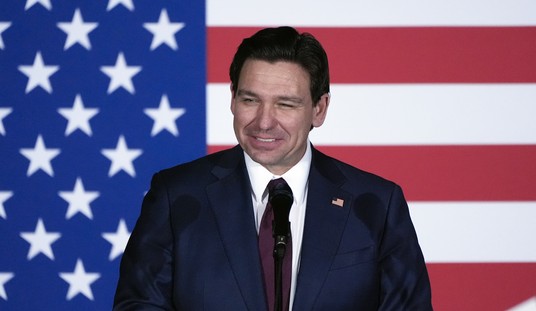The great Austrian School economist Friedrich Hayek had an important insight in Prices and Production which should cause us to be on the lookout for some severe economic pain. He wrote that one of the signs of excessive money creation is that the market interest rate is forced below what he calls ‘the natural rate of interest’.
Advertisement
This imposition of an unnatural rate of interest by the central monetary authorities precedes actual price inflation in consumer goods. The way I like to look at it is that the first wave of price increases hit the first thing the new money is used to buy.
Since central banks typically inject fiat money into the system by buying bonds, bonds are the first thing whose prices rise. Eventually all that new money works its way out through the credit markets and into the rest of the economy, at which point we see general price inflation.
Before that happens, however, low interest rates decrease the cost of doing business and give naïve observers the illusion that inflation is not on the horizon. But the fact is that new money is a reason to be even more afraid of inflation, not less. It reminds me of the way the tide is sucked out shortly before a tsunami hits.
But as we saw last week, the interest rate tends to revert to the mean, that is, to ‘snap back’ to something like the overall growth rate of the economy. So, mathematically, the only way we can get a reversion to the mean is if each distortion of the interest rate below the natural rate is accompanied at some point in the future by one equally above it.
This means each unit of artificial pleasure purchased with unnaturally low interest rates must be paid for by a unit of pain with unnaturally high ones. There is no free lunch: two lunches today means a noontime fast tomorrow. On average there is no long term economic growth other than long-term productivity growth. Any apparent monetary magic is not really magic, but illusion.
Recommended
Advertisement
By taking this effect into account, one can see that to the degree that the Fed Funds rate, set by the Fed, is below its natural rate, it pulls the longer duration rate, such as the ten year, below its natural level. It’s like a weight attached to a lever with a rubber band. The Fed keeps loading money into the Fed Funds market, and the Fed Funds market pulls down the rest of the yield curve.
But the yield curve resists this distortion; it wants to stay at the market rate. Or, to avoid anthropomorphizing the market, investors don’t want to buy treasury bonds which they know are already overvalued, but they grit their teeth and repeat the mantra ‘don’t fight the Fed’ and buy some anyway.
The Fed wants the interest rate to go lower, but investors resist it, and over time it takes more and more heavy piles of newly printed money to push the rates down. This is why QE1 and QE2 barely had an effect. Dropping 600 billion dollars into the 7-10 year bond market (which amounts to about only $1.6 trillion dollars in total value) only brought about 15-40 basis points in lower interest rates. Why? Because a zero target on Fed Funds had already stretched the elasticity of the bond rates nearly to the limit.
All of this means that the current bond rates are unsustainably low. They must snap back, and when they do, the more painfully stretched they were, the more painfully fast they will snap back.
Advertisement
If you don’t like rubber bands, then imagine a pool in which a hose is being sprayed down at a beach ball. The ball is being pushed by the pressure of the water down below its natural state, which is water level. If the hose is turned off, the ball bursts upward, not just to the previous water level, but even higher because the pool now is more full, and has a higher water level. The greater the flow through the hose and the longer it goes on, the higher the new water level will be. And anyone who has actually held a beach ball below water level knows that not only does it return to water level, but is driven by momentum momentarily above it, bursting up and, for a moment, out of the water.
This is why Fed policy can be so disruptive; the differences from peak to trough can be very large. And the lower and longer the trough, the higher and more explosive the peak.
Normally I don’t like metaphors like rubber bands or beach balls, because they treat investor behavior issues like physics problems when they are, in fact, problems in praxeology, the science of human action. Investor resistance to distorted valuations is volitional, not mechanical. But it is nevertheless a powerful force: think about how much you hate buying ten year treasury bonds with lower than 2% yields amid higher than 2% inflation, extrapolate that loathing across a $14 trillion dollar treasury market, and you get some idea how powerful the snap-back effect might be when treasury prices return to normal. I like the metaphor of a rubber band, not because it connotes blind material contraction, but because it connotes pain.
Advertisement
When I was a kid we used to play a game where two of us held each end of a rubber band, then we stretched the ends apart. It was basically a game of chicken, whoever let go first, lost. Whoever won got a painful welt. Weird game, but if the pain of that game causes me to wince each time I consider buying Treasury bonds which are stretched beyond recognition, the welts were worth it.
____________________________________________________________
Mr. Bowyer is the author of "The Free Market Capitalists Survival Guide," published by HarperCollins, and a columnist for Forbes.com.

























Join the conversation as a VIP Member